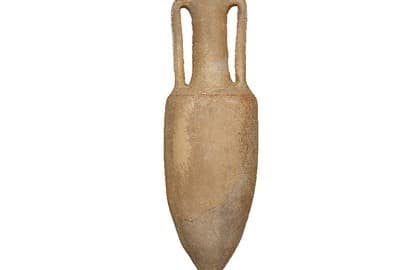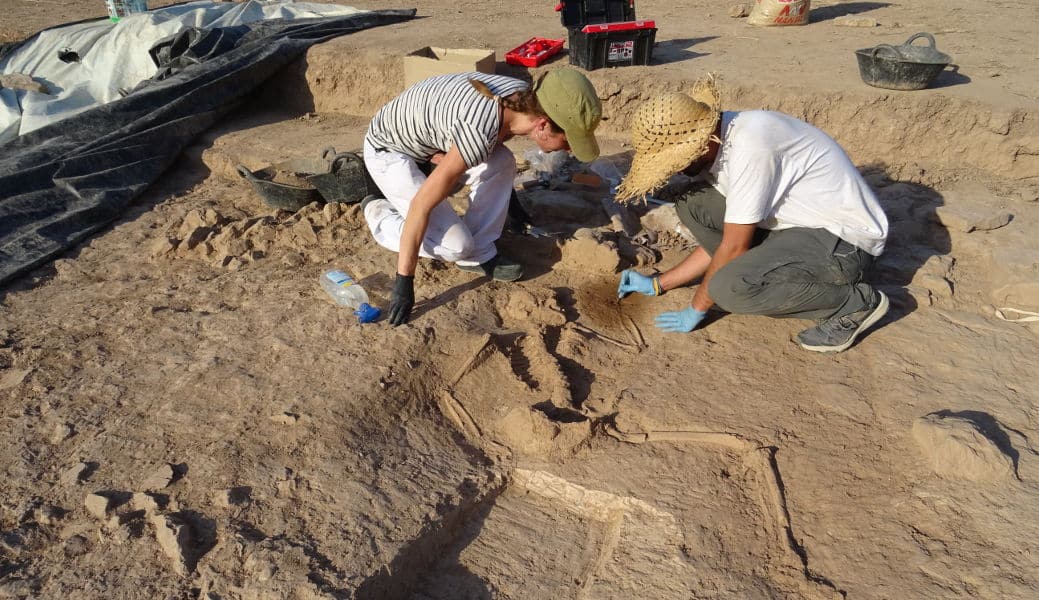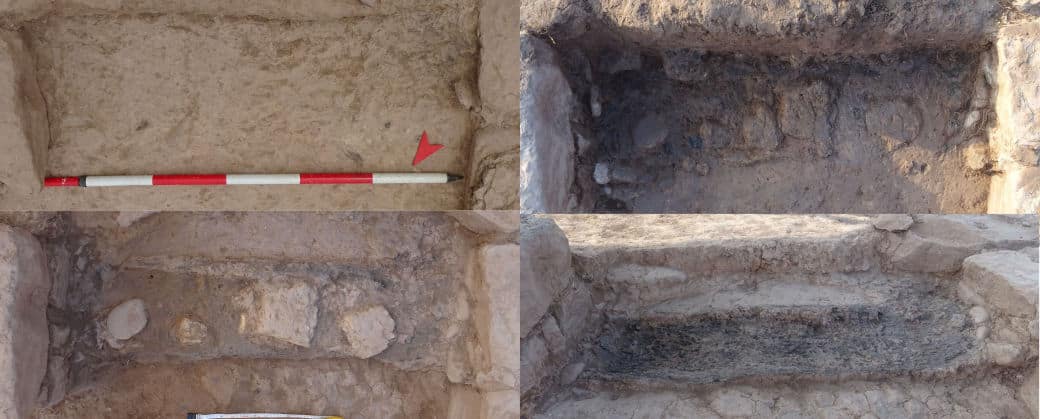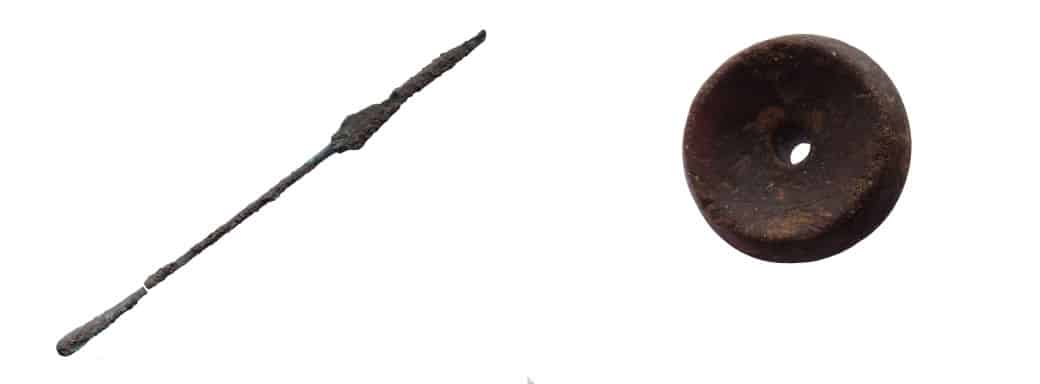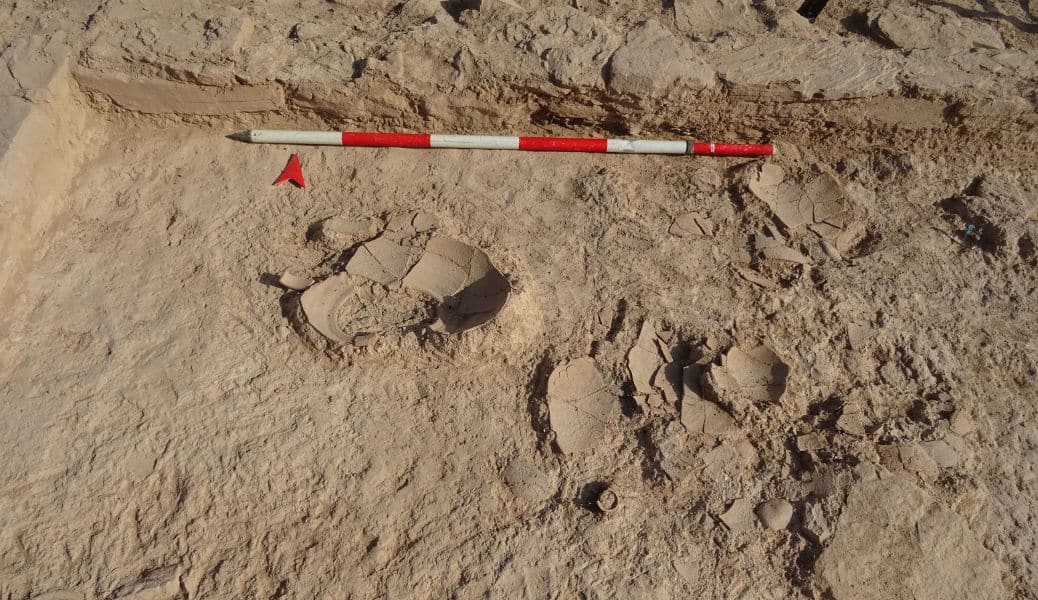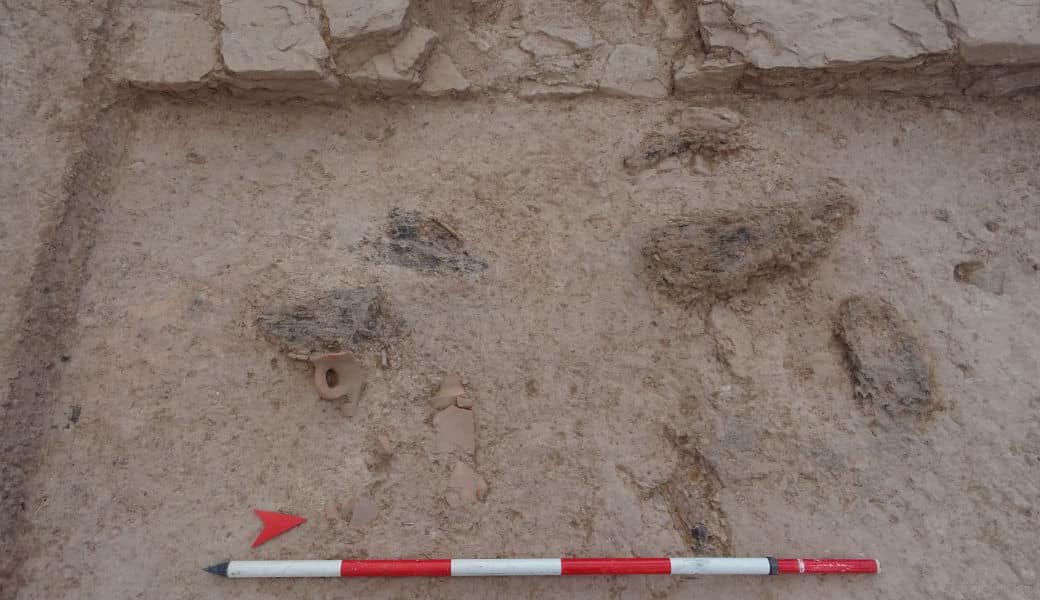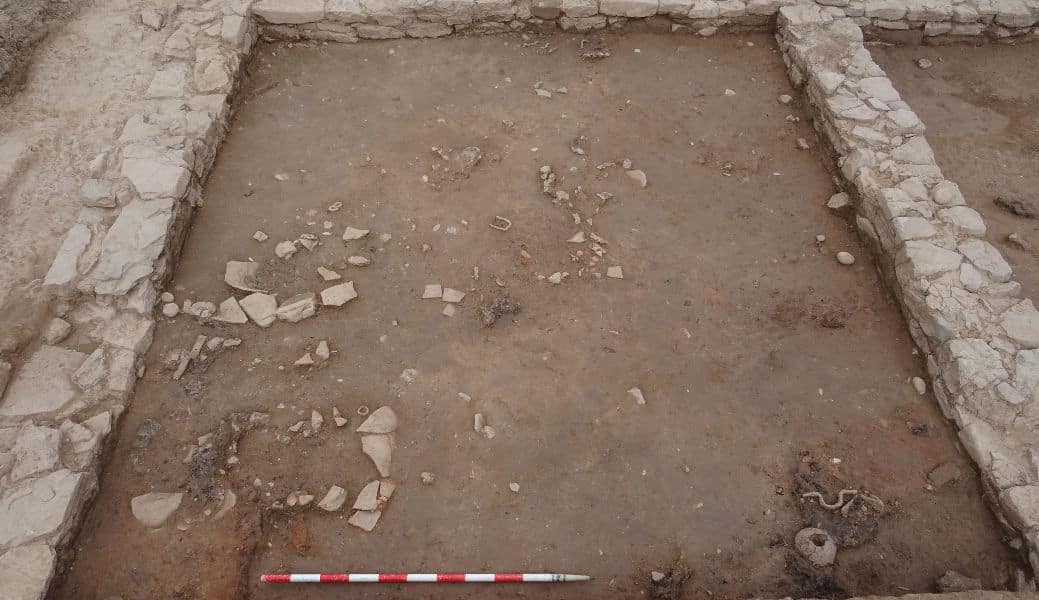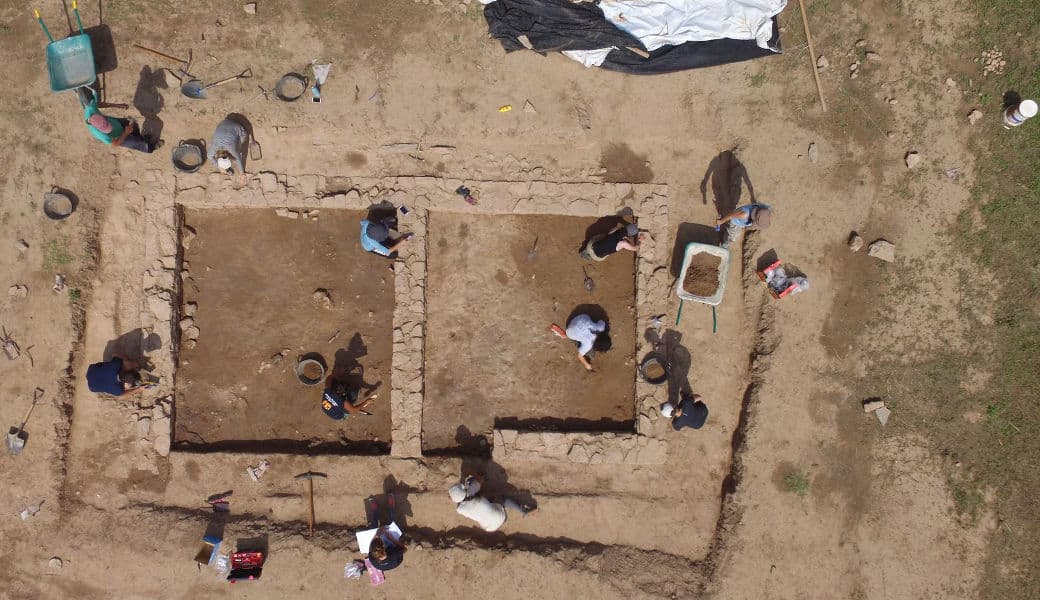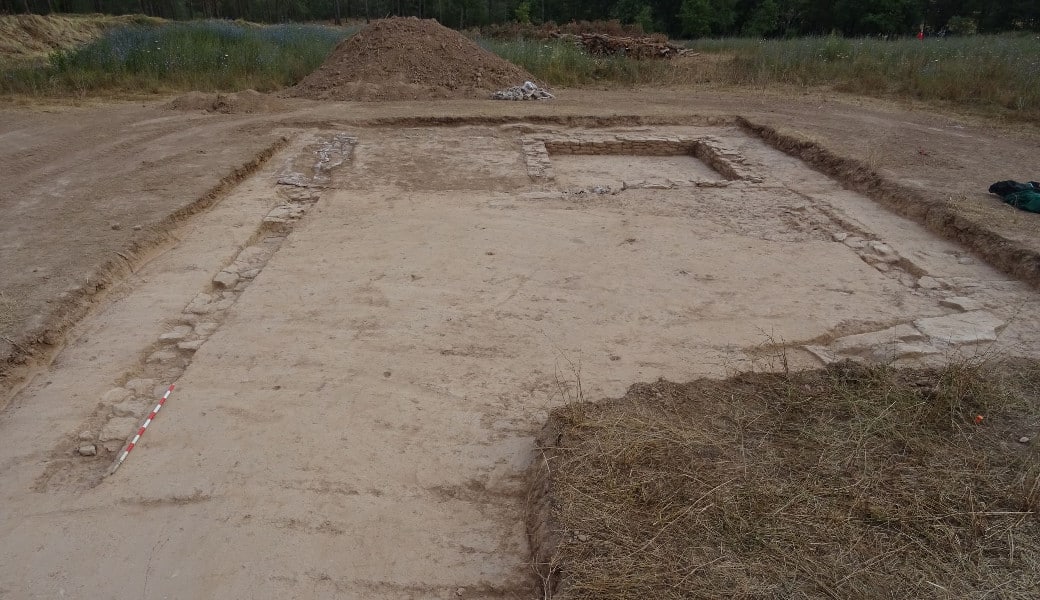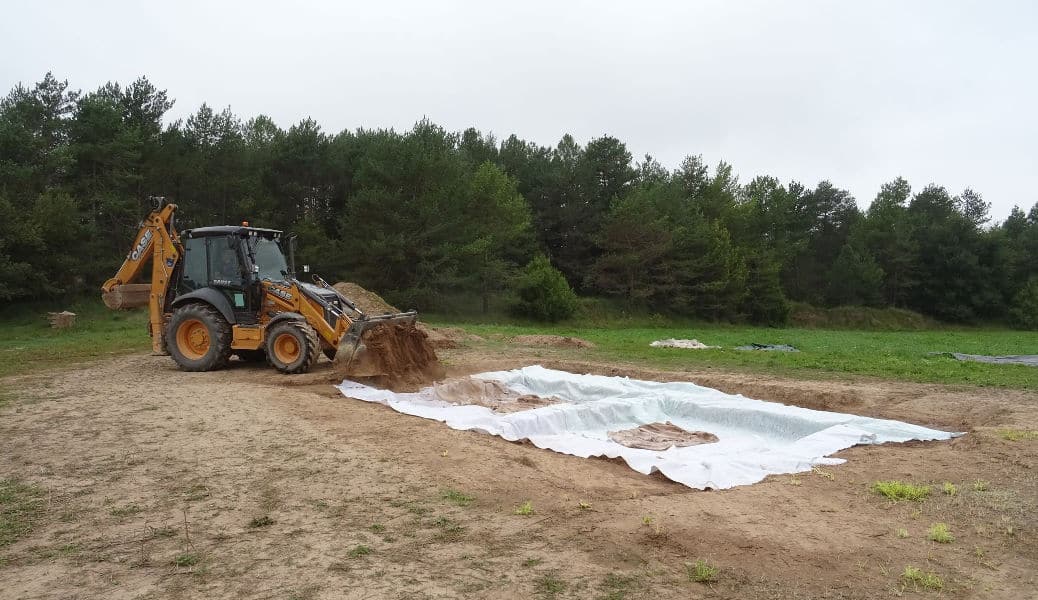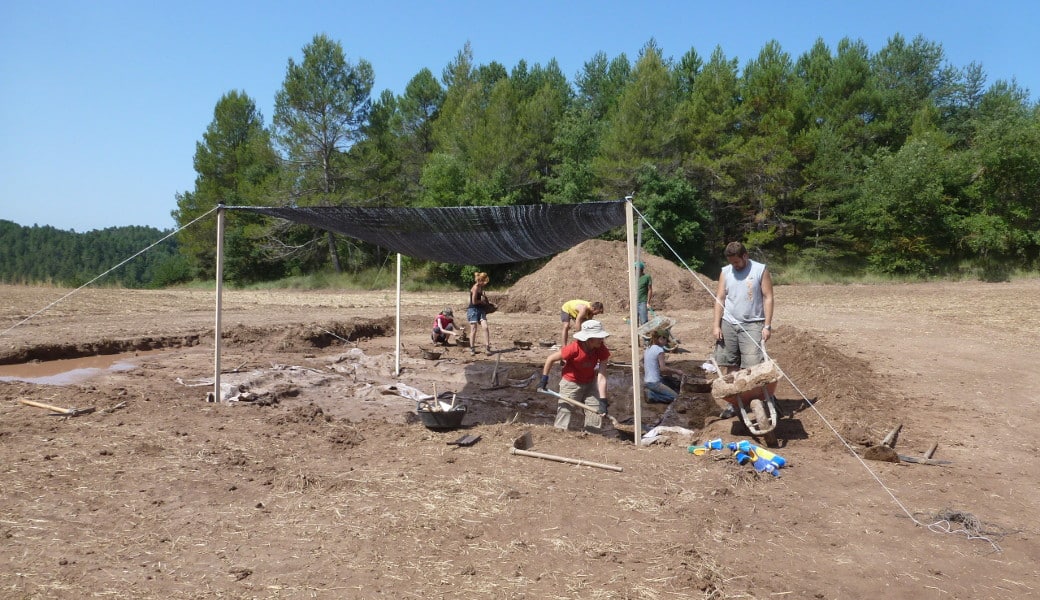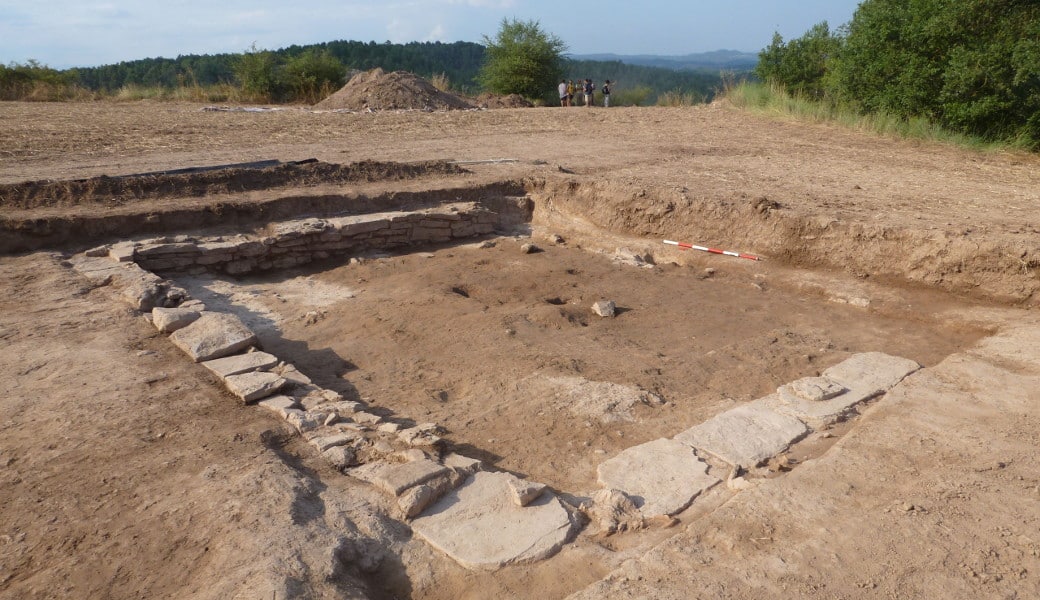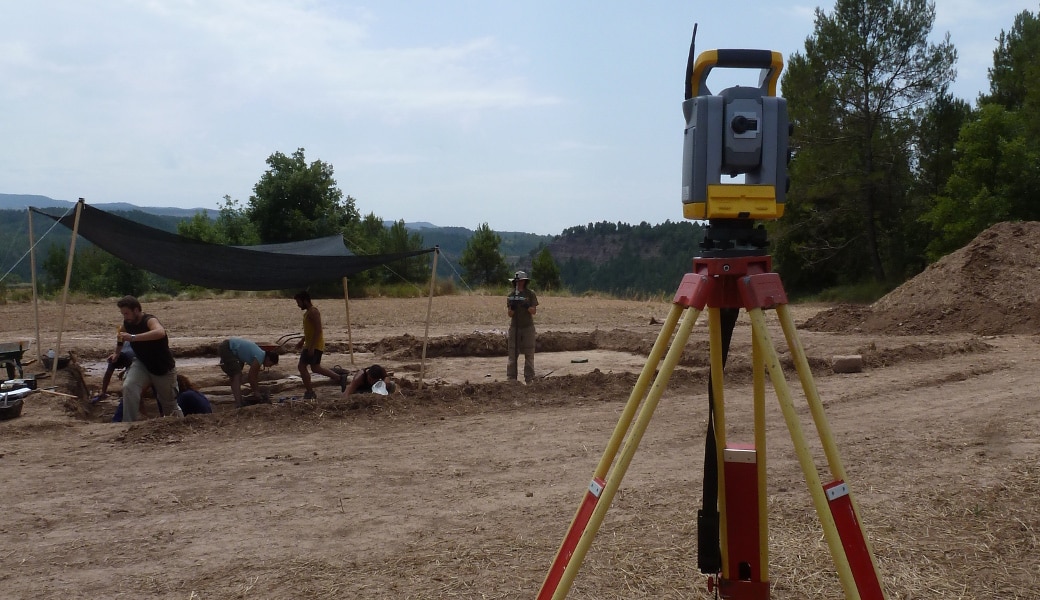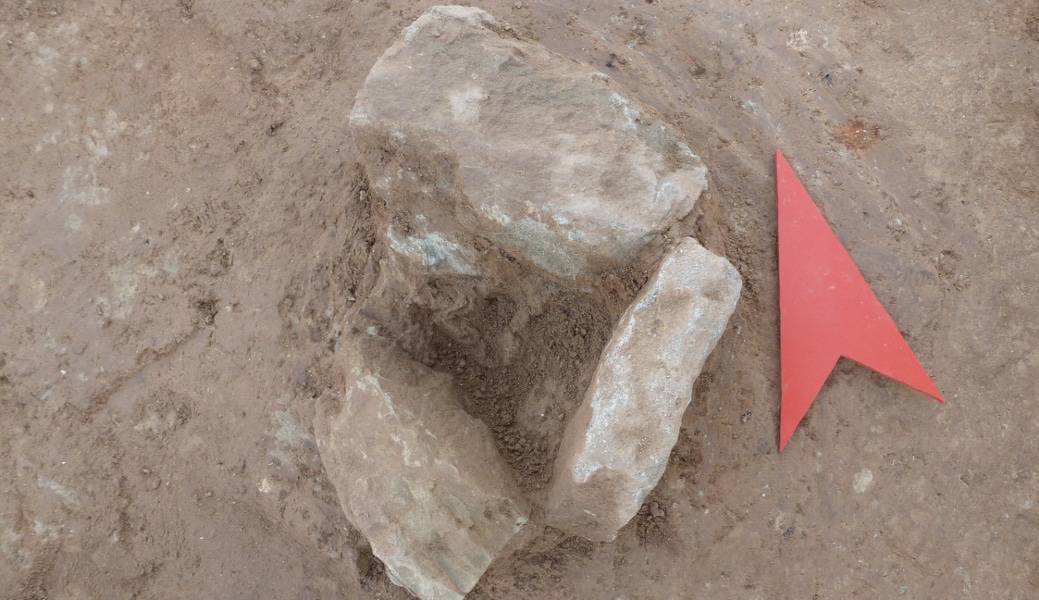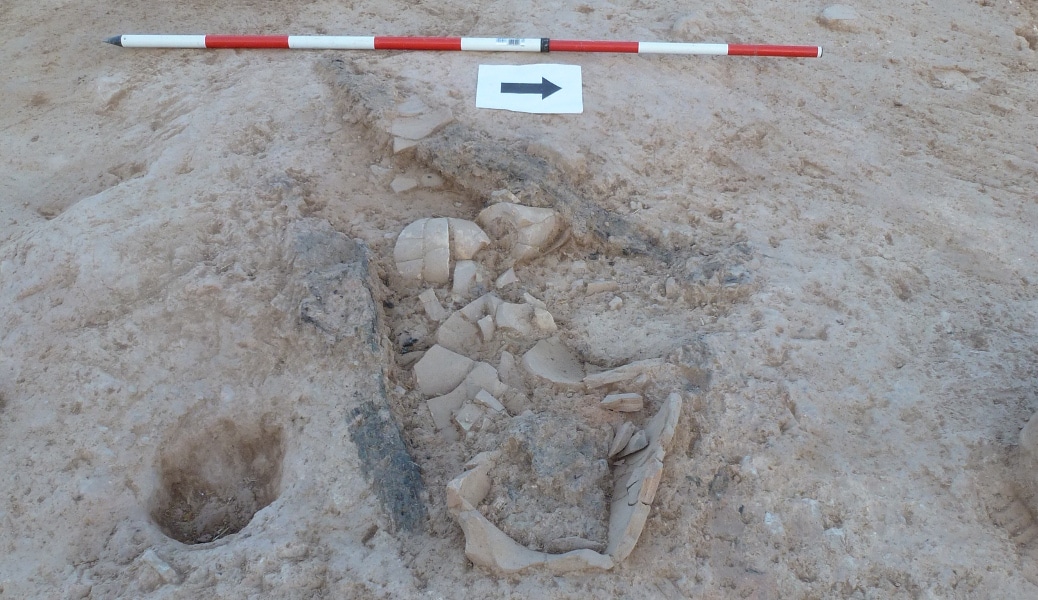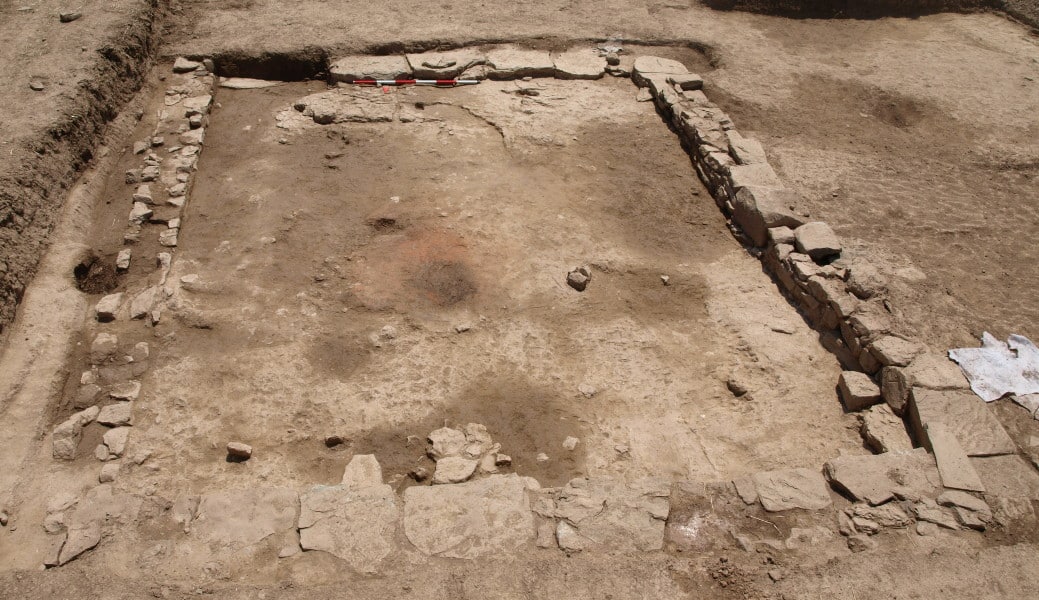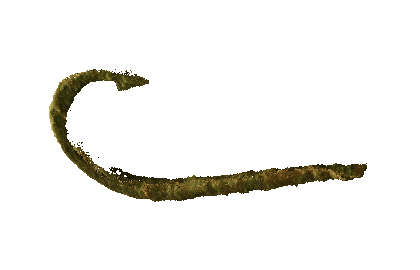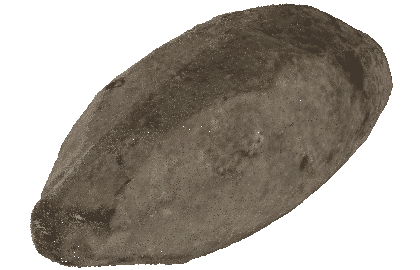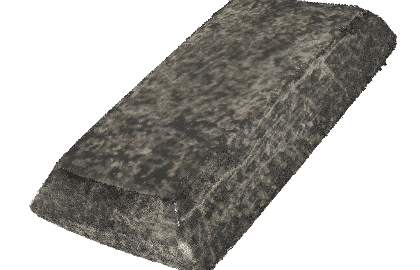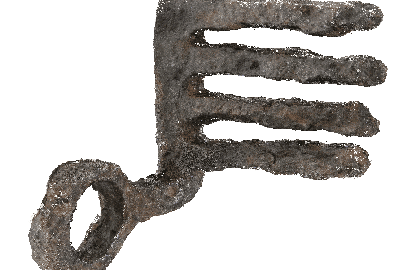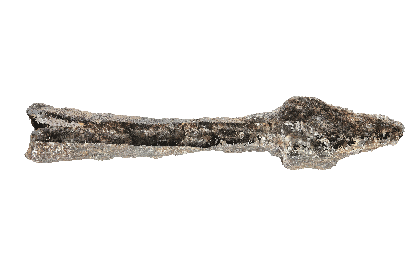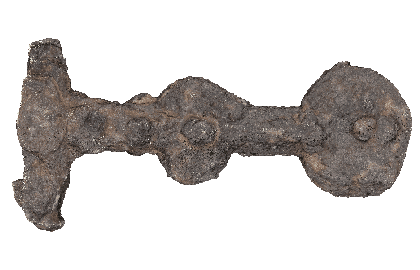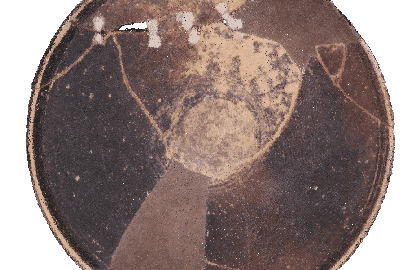Inventory number: PC11-2019-2
Name of the object: amphora
Material: ceramic
Production: indeterminate
Type: amphora
Shape: Dressel 1
Dimensions (cm/kg): height: 103; maximum diameter: 30.56; maximum edge diameter: 15.2; tare weight: 18.7
Chronology: mid 2nd C. BC – end 1st C. BC
Survey: July 2011
Provenance: sector 10
Description: Amphoras are ceramic containers used in ancient times to transport and store food. The Dressel 1 shape was the most widely used by the important wine trade market that developed during the late Roman Republic period. This type of amphora was mainly used to transport wine from the grape-growing areas of Tyrrhenian Campania and to the south of Lazio (southwestern Italian Peninsula) to the edges of the Mediterranean. As these containers were important for the quality of the wine, imitations were quickly reproduced in the wine-receiving locations, probably with the aim of confusing the buyers and selling lower quality wines. Often, the copies are so well made that it is difficult to differentiate them from the originals.
